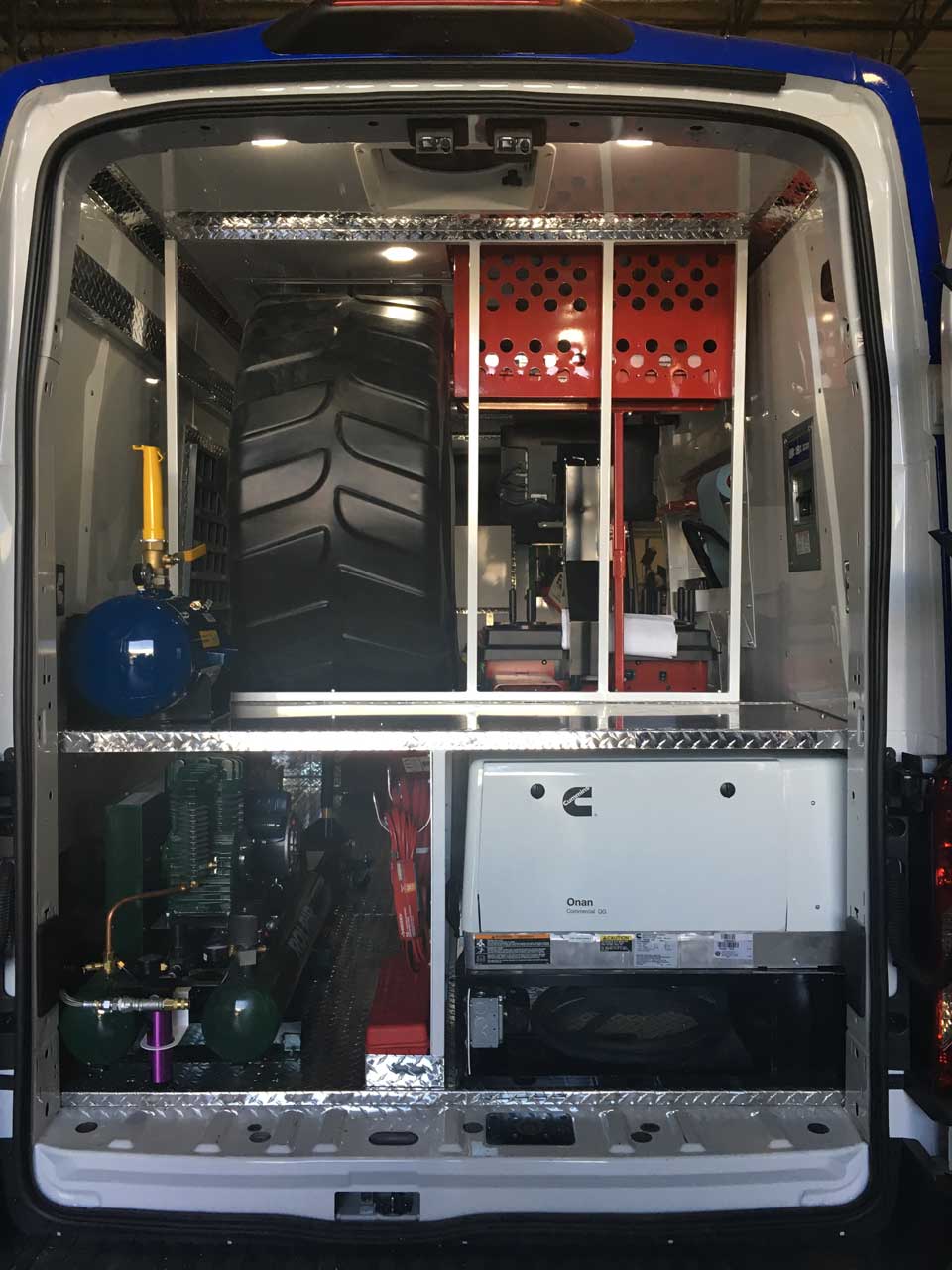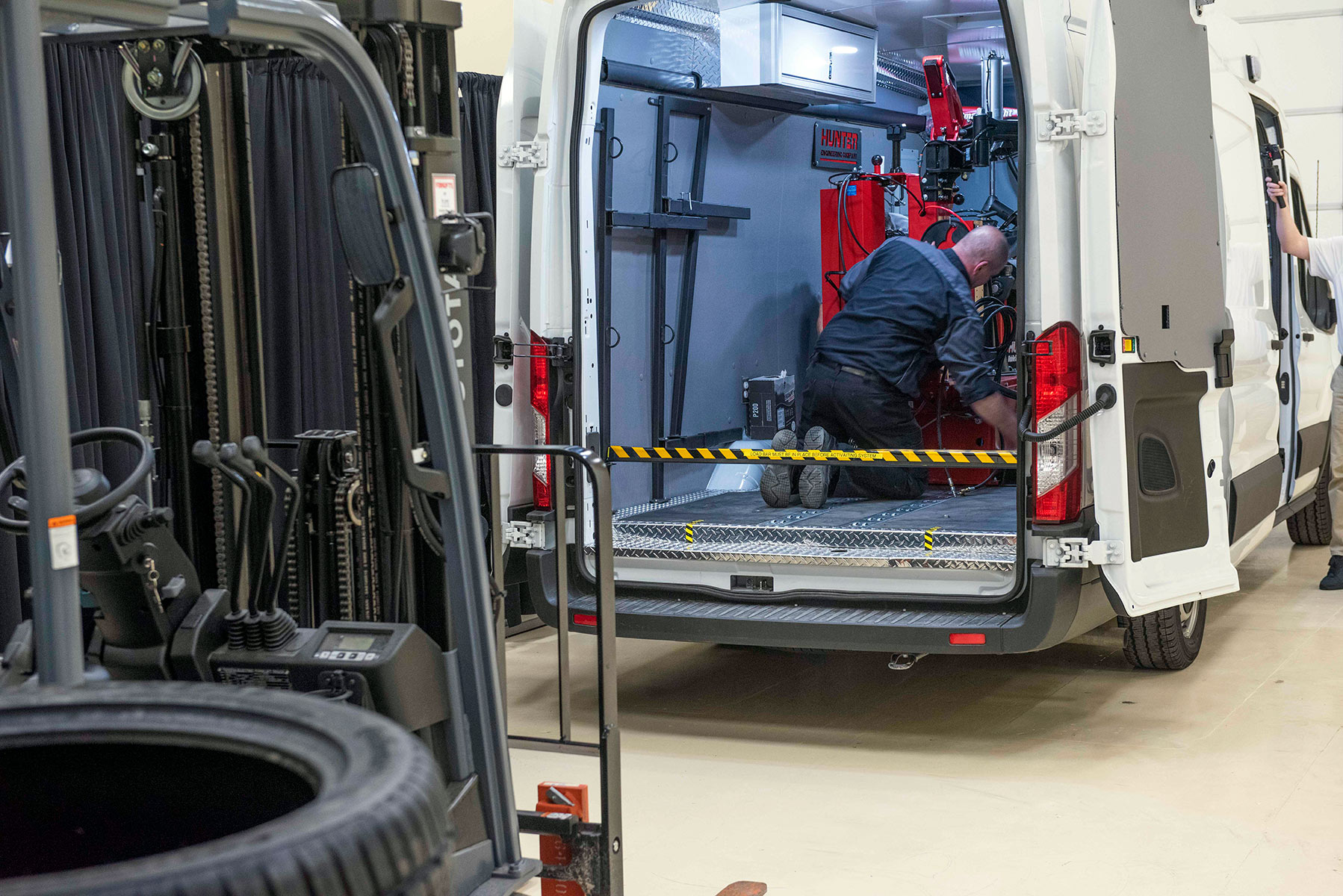Professional Mobile Tire Repair in Las Vegas - Rapid Service Assured
Professional Mobile Tire Repair in Las Vegas - Rapid Service Assured
Blog Article
Tire Service: Proven Techniques for Ideal Tire Upkeep and Care
Keeping optimum tire problem is vital for both security and performance of any car. From ensuring proper tire pressure to regular rotation and positioning, there are tried and tested approaches that can significantly expand the life-span of your tires and enhance general driving experience. As we discover the details of tire treatment and upkeep, we will discover important standards that every lorry proprietor should stick to for the ideal feasible results. Let's explore the globe of tire service and find the secrets to maintaining your tires in first-class shape for the lengthy haul.
Significance of Tire Pressure
Appropriate tire pressure is a crucial consider guaranteeing optimal lorry performance and safety when driving. Preserving the advised tire pressure degrees offered by the producer offers numerous advantages. To start with, appropriate tire stress promotes much better fuel performance, as under-inflated tires can bring about enhanced rolling resistance, triggering the engine to function tougher and eat more gas. Second of all, appropriate tire pressure ensures also tread wear, improving tire long life and saving cash in the future by postponing the requirement for early replacements. Additionally, correctly pumped up tires add to enhanced handling and braking capabilities, critical for secure driving in various road conditions. Over-inflated tires, on the various other hand, can cause reduced grip and a harsher experience. On the other hand, under-inflated tires are vulnerable to getting too hot, which can bring about blowouts and crashes. Consistently checking and changing tire pressure, particularly soon trips, is an easy yet efficient means to enhance car performance, extend tire lifespan, and prioritize safety and security when traveling.
Tire Turning Guidelines
When taking into consideration tire turning standards, it is important to recognize the value of this maintenance task in optimizing tire life expectancy and keeping optimal car performance. Tire turning entails changing the placement of each tire on a car to ensure even tread wear. Front tires have a tendency to wear quicker than back tires because of guiding pressures, making regular rotation essential for balanced wear patterns. The recommended rotation pattern differs depending upon whether an automobile is front-wheel, rear-wheel, all-wheel, or four-wheel drive. Commonly, tires ought to be rotated every 5,000 to 7,500 miles, or as advised in the lorry guidebook. Disregarding tire rotation can cause unequal wear, impacting handling, grip, and possibly compromising lorry security. By sticking to correct turning guidelines, motorists can extend the life of their tires, enhance gas efficiency, and boost general driving experience. Normal turning is a straightforward yet efficient maintenance method that adds substantially to tire longevity and car performance.

Benefits of Wheel Positioning
Making certain correct wheel alignment after tire turning is essential for maintaining well balanced wear patterns and making best use of automobile efficiency. Wheel alignment describes the adjustment of the angles of the wheels to the producer's requirements. Among the essential advantages of wheel positioning is improved steering and handling response. When the wheels are effectively lined up, it lowers guiding effort, ensuring a smoother and much more regulated driving experience. Additionally, proper wheel positioning assists to prolong the lifespan of your tires. Misaligned wheels can trigger uneven tire wear, leading to premature tire replacement and enhanced upkeep expenses.

Tire Tread Depth Check
Performing a regular inspection of tire step depth is crucial for preserving risk-free driving problems and lengthening the lifespan of your tires. The tread on your tires plays a vital duty in supplying grip, especially in wet or slippery conditions. To check your tire walk depth, you can make use of a tread depth gauge or the cent test. The recommended step deepness goes to least 2/32 of an inch. It is time to change your tires to ensure optimal efficiency and safety and security on the roadway if the tread deepness is listed below this limit. Irregular tread wear can indicate problems with tire suspension, alignment, go or pressure, highlighting the relevance of normal tread depth checks. Overlooking to monitor and maintain proper step depth can lead to minimized grasp, longer stopping ranges, and a boosted risk of hydroplaning. By integrating tire walk deepness explore your routine maintenance schedule, you can drive with self-confidence understanding that your tires remain in top condition.
Seasonal Tire Evaluation
Seasonal tire evaluation is a basic element of tire upkeep that makes certain tires are ready to deal with the obstacles postured by different weather problems. In preparation for winter season, it is essential to examine the tire pressure on a regular basis as chilly temperatures can create tire pressure to drop. By carrying out regular seasonal tire inspections, drivers can prolong tire lifespan, enhance fuel effectiveness, and most importantly, guarantee a safe try this web-site driving experience in differing weather condition conditions.
Conclusion
In verdict, preserving appropriate tire stress, revolving tires regularly, aligning wheels appropriately, keeping an eye on walk deepness, and carrying out seasonal assessments are vital methods for ideal tire treatment. By following these verified techniques, motorists can guarantee their tires last longer, execute much better, and add to overall car security. It is essential to focus on tire upkeep to avoid crashes, improve fuel efficiency, and lengthen the life expectancy of tires.
Adequate tire stress promotes much better fuel efficiency, as under-inflated tires can lead to enhanced rolling resistance, creating the engine to function more difficult and take in even more gas.When taking into consideration tire turning guidelines, it is vital to browse around this web-site recognize the value of this maintenance task in maximizing tire life expectancy and keeping optimal lorry performance. Seasonal tire evaluation is a fundamental facet of tire upkeep that makes certain tires are ready to deal with the difficulties posed by various weather condition problems. By carrying out regular seasonal tire examinations, vehicle drivers can extend tire life-span, improve fuel performance, and most significantly, make sure a safe and secure driving experience in varying climate problems.
In conclusion, preserving appropriate tire pressure, rotating tires regularly, aligning wheels appropriately, keeping track of step depth, and performing seasonal inspections are crucial methods for optimal tire treatment.
Report this page